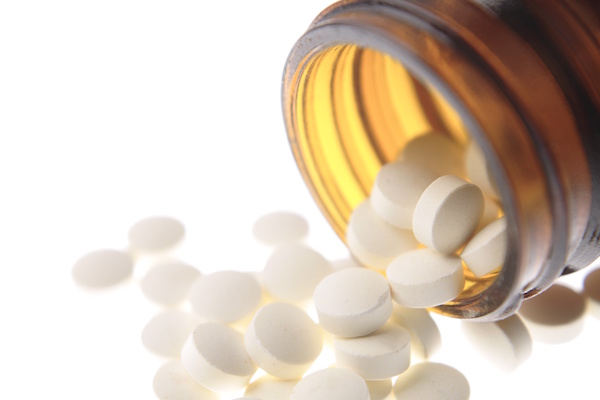
THURSDAY, June 3 (HealthDay News) — One in five high school students in the United States has taken a prescription medication that was not prescribed for them, a new survey shows.
Conducted by the U.S. Centers for Disease Control and Prevention, the survey covers a variety of risky behaviors among American youth.
“We are very concerned that 20 percent of high school students are reporting this behavior,” said survey author Danice K. Eaton, a research scientist at the CDC. “It can be dangerous to take a prescription drug that hasn’t been prescribed to you.”
Studies have shown that taking non-prescribed prescription drugs can lead to overdose, addiction and death, Eaton explained. “Taking a prescription drug that hasn’t been prescribed to you is a health risk behavior,” she said.
In the survey, 16,460 high school students were asked if they had ever taken prescription drugs such as OxyContin, Percocet, Vicodin, Adderall, Ritalin or Xanax, without a doctor’s prescription.
The abuse of prescription drugs was widest among whites at 23 percent, followed by Hispanics at 17 percent, and black students at 12 percent.
In addition, the abuse of prescription drugs was most common among 12th graders (26 percent) and lowest among ninth graders (15 percent), the researchers found. But, prescription drug abuse was the same for boys and girls, at 20 percent.
This is the first time a question about prescription drugs has been asked in the survey, Eaton said. The next survey will be in 2011, with the data being released in 2012. This will be the first opportunity to see trends in the abuse of prescription drugs, she noted.
In the meantime, the “awareness that there is such a high prevalence of prescription drug abuse among high school students is the main thing that we can emphasize from our data,” Eaton said.
Dr. David Katz, director of the Prevention Research Center at Yale University School of Medicine, said there are too many prescription drugs waiting to be abused.
“When prescription drugs are available in a home to the patient for whom they were prescribed, they are also available to the patient’s teenager,” he said.
Educating teens about the potential harms of prescription drugs, and including discussion of prescription medications in all drug control programs, is warranted, Katz said.
“Parental awareness, which this report helps cultivate, and vigilance will be more important still,” he said. “But perhaps the ultimate solution to this problem is a more dedicated societal commitment to disease prevention and health promotion, so that fewer prescription drugs are in circulation, and available for such misuse.”
The survey also asked about alcohol and drug abuse. In all, 72 percent of the students said they had used alcohol. Furthermore, 37 percent had used marijuana, 6.4 percent had used cocaine, 4.1 percent had used methamphetamine and 6.7 percent had used ecstasy.
These findings were basically the same as those in the last survey, which was done in 2007, the researchers noted.
On the bright side, high school students seemed to be eating better.
- The number of students who drank a soda a day dropped, from 34 percent in 2007 to 29 percent in 2009.
- More students ate fruit or 100 percent fruit juice (30 percent in 2005 and 34 percent in 2009).
- Fewer students engaged in risky weight-loss diets, such as not eating, taking diet pills or vomiting or taking laxatives.
However, students are still engaging in other risky behaviors such as:
- 78 percent had not eaten fruits or vegetables five or more times daily in the week before the survey.
- 82 percent said they had not been physically active for at least an hour per day.
- 19 percent smoked cigarettes.
- 28 percent rode in a car driven by a person who had been drinking alcohol.
- 39 percent of sexually active students had had sex without using a condom.
These numbers are also similar to the 2007 numbers, the researchers noted.
More information
To see the full report, visit the U.S. Centers for Disease Control and Prevention.

